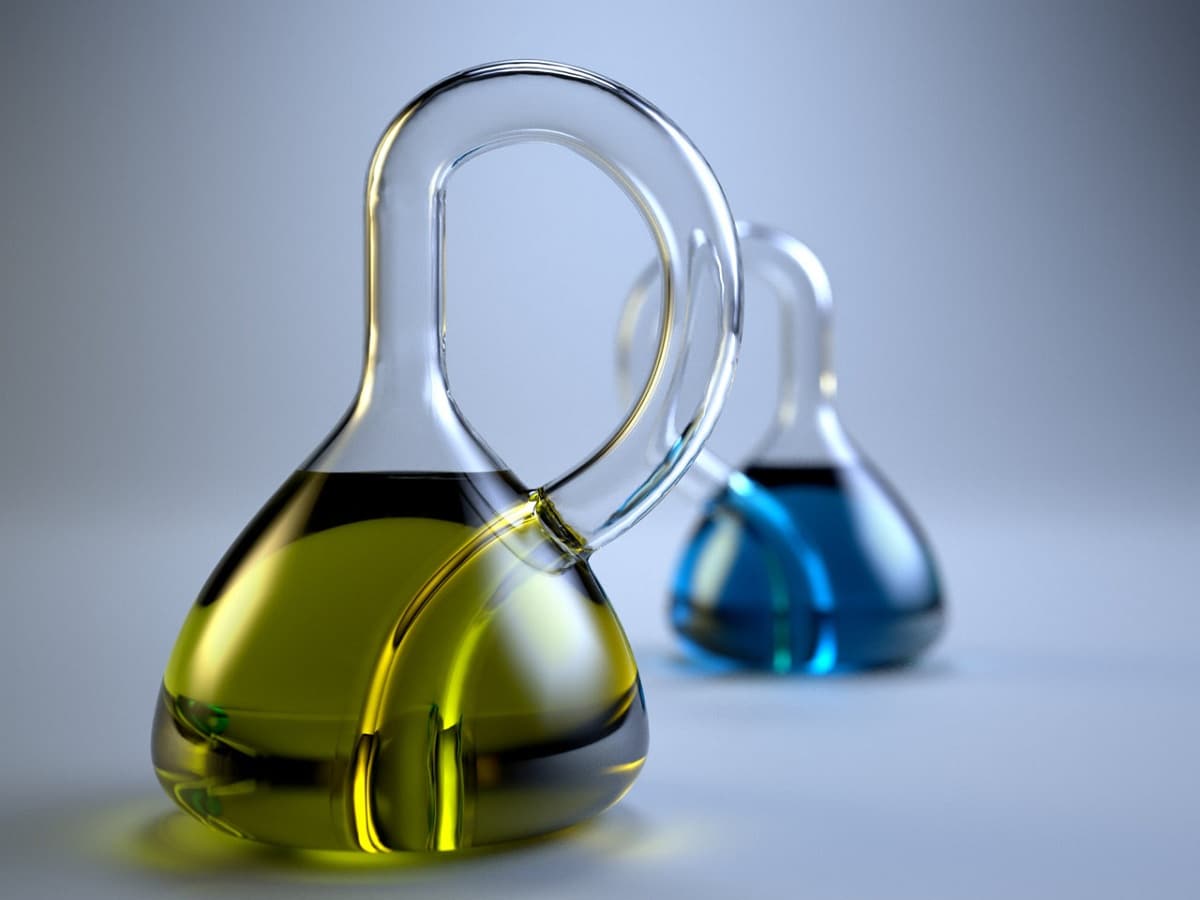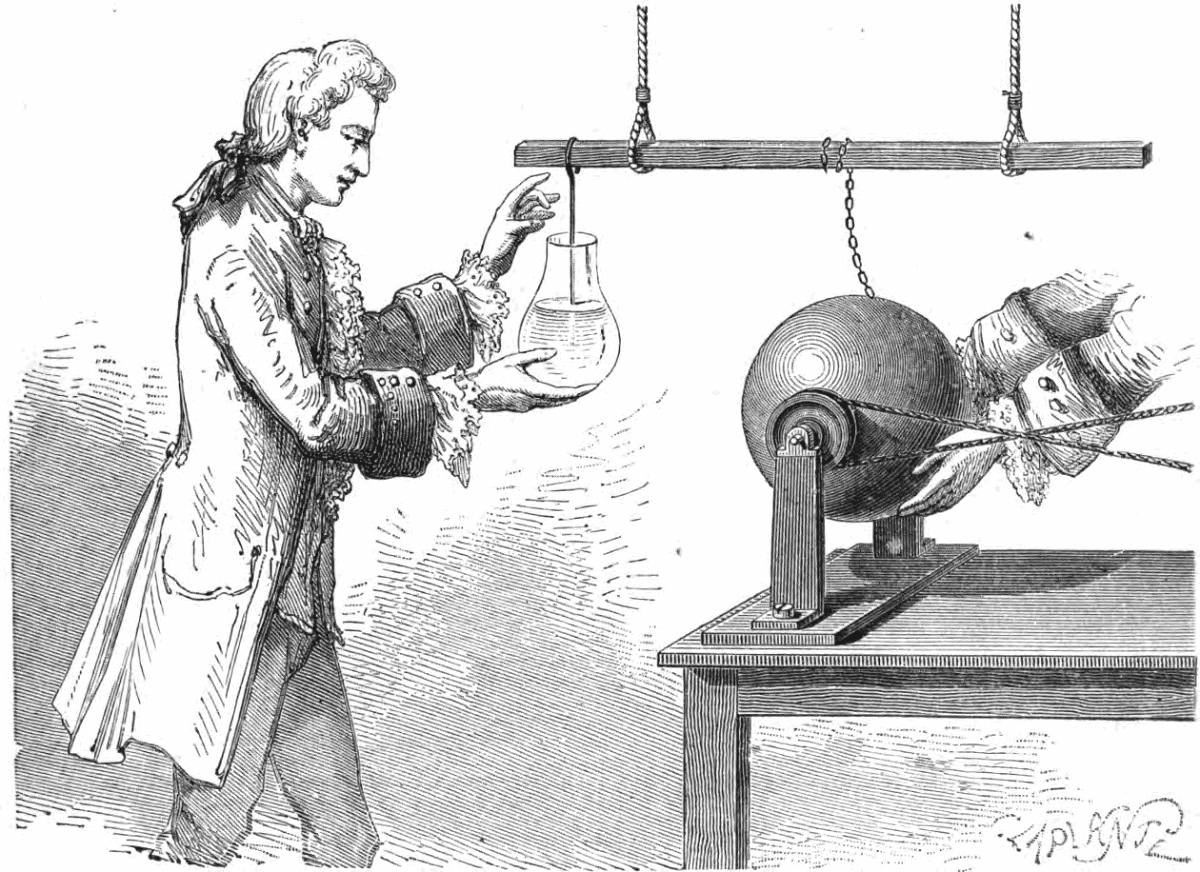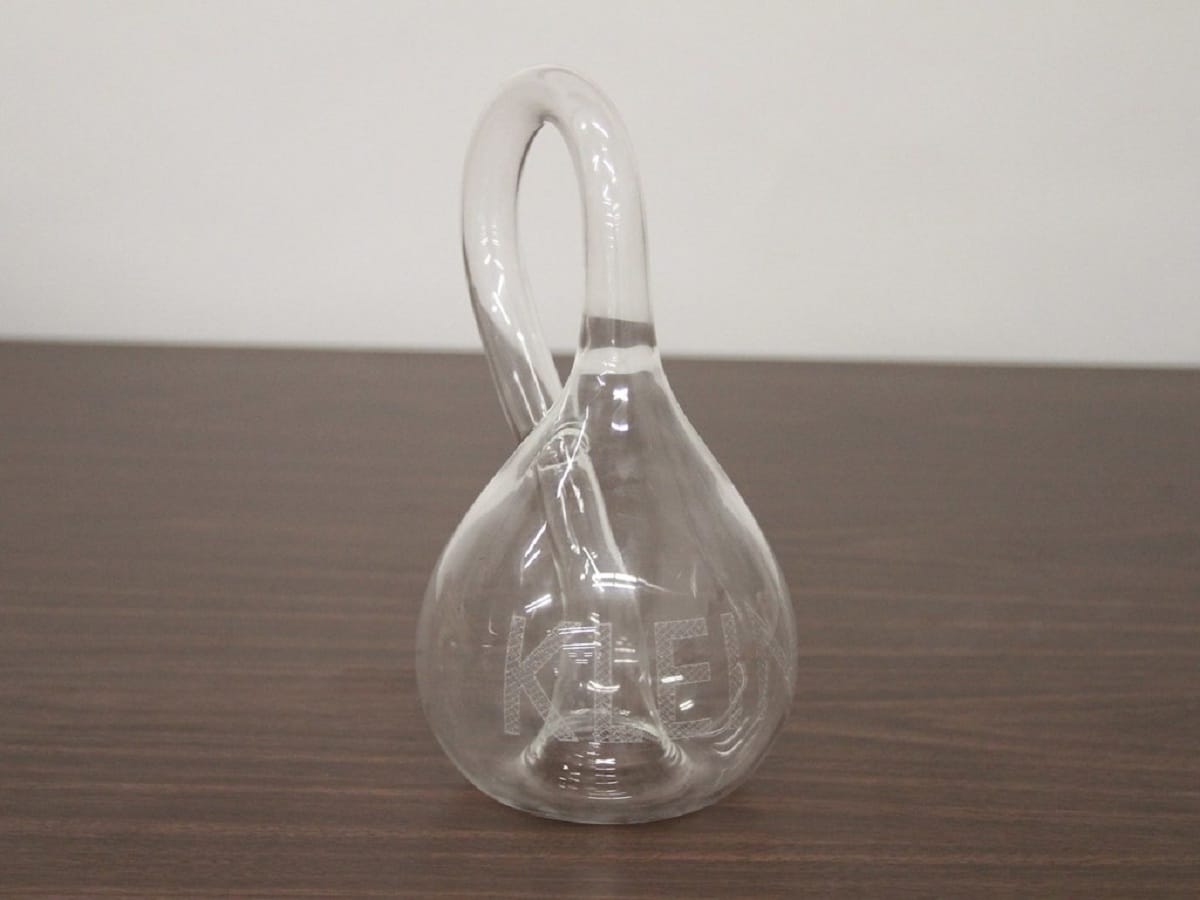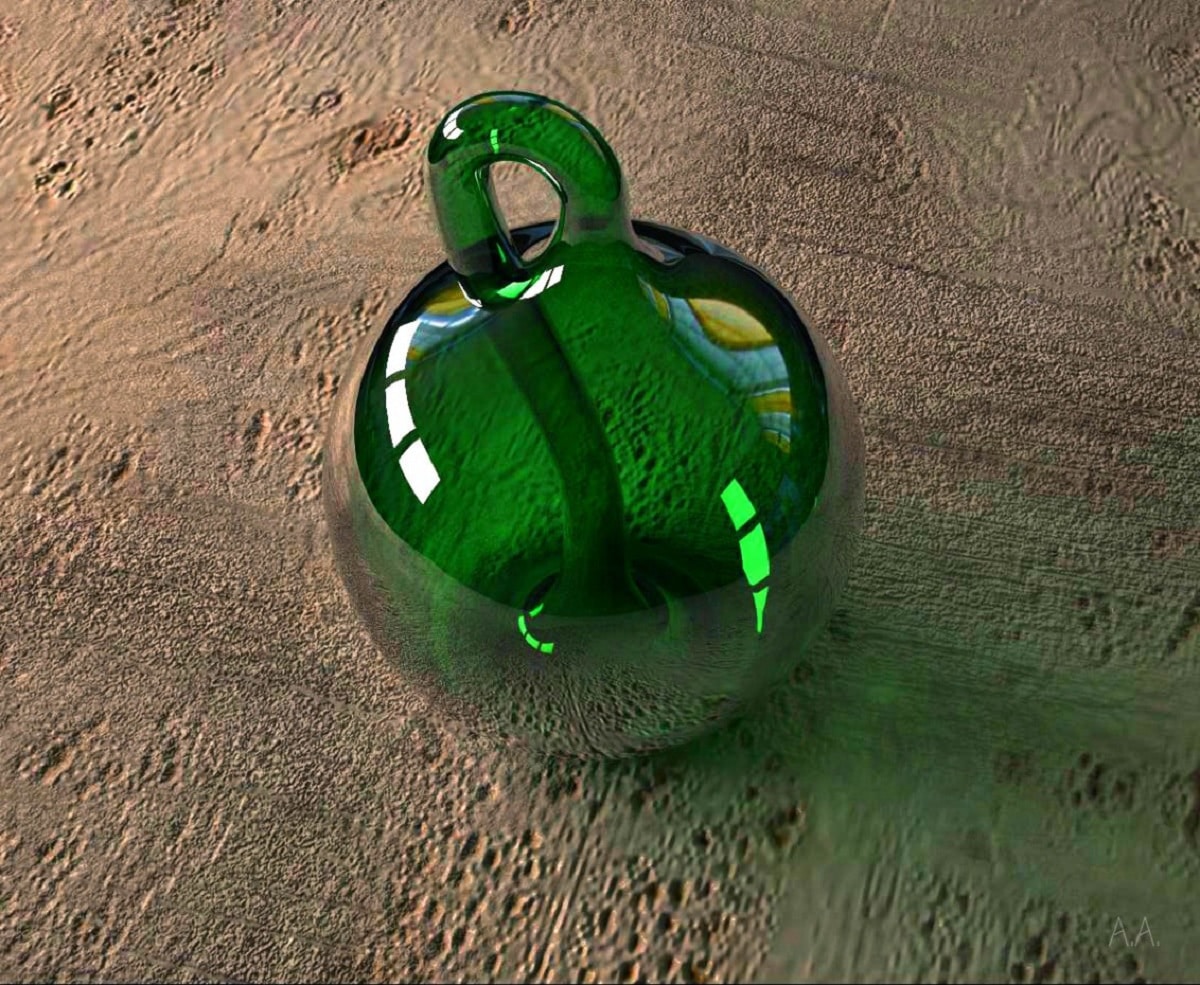
In topology, a branch of mathematics, klein bottle is an example of a non-orientable surface. It is a two-dimensional manifold for which a system cannot be consistently defined to determine the normal vectors. Informally, it is a single-sided surface that, if passed over, can be followed back to the origin as the traveler turns around.
In this article we are going to tell you everything you need to know about the Klein bottle, its characteristics and curiosities.
Key features

Other related non-orientable objects include Möbius strips and true projection planes. Mobius strips are limited surfaces, while Klein bottles have no limits. By comparison, a sphere is an infinitely orientable surface. The Klein bottle was first described in 1882 by the German mathematician Felix Klein.
A collection of hand-blown Klein glass bottles is on display at the Science Museum in London, showing many variations on this topological theme. The bottles date from 1995 and were made by Alan Bennett for the museum.
The Klein bottle itself is not crossed. However, there is a way to visualize the contained Klein bottle in four dimensions. Self-intersections can be removed by adding a fourth dimension in three-dimensional space. Gently push a section of tube containing the intersection out of the original 3D space along the fourth dimension. A useful analogy is to consider a curve intersecting a plane. Self-intersections can be removed by lifting the threads off the plane.
To clarify, let's say we take time as the fourth dimension. Consider how to build a graph in xyzt space. The attached figure (“Evolution over time…”) shows a useful evolution of this figure. At t = 0, the wall sprouts somewhere near the "intersection." After the figure grew larger, the first part of the wall began to recede, disappearing like a Cheshire cat, but leaving behind his wide smile. When the growth front reaches where the shoot is, there is nothing to cross and growth is complete without piercing the existing structure.
Klein bottle properties

A Klein flask is a non-orientable surface that is often depicted as a long-necked flask with a curved neck that is passed from the inside to open as a base. The unique shape of the Klein bottle means that it has only one surface: the inside is equal to the outside. A Klein bottle can't actually exist in three-dimensional Euclidean space, but a glass-blowing representation can give us some interesting insights. This is not a real klein bottle, but it helps to visualize what the German mathematician Felix Klein envisioned when he came up with the idea for the Klein bottle.
If the symbol is attached to an orientable surface, such as the outside of a sphere, it will maintain the same orientation no matter how you move it. The special shape of the Klein bottle allows you to slide the symbol in different directions: it can appear as a mirror image of itself on the same surface. This property of the Klein bottle makes it impossible to orient it.
The Klein bottle is named after the German mathematician Felix Klein. Felix Klein's work in mathematics made him very familiar with Möbius strips. A Möbius strip is a sheet of paper that is rotated half a turn and connected end to end. This twist turns an ordinary sheet of paper into a non-orientable surface. Felix Klein reasoned that if he joined two Möbius strips along the edges, he would create a new type of surface with the same strange properties: a Klein surface or a Klein bottle.
The Klein bottle is described as a non-orientable surface because if a symbol is attached to the surface, it can slide in such a way that it can return to the same position as a mirror image.
Can a Klein bottle be made in real life?

Unfortunately for those of us who want to see real Klein bottles, they can't be built in the three-dimensional Euclidean space we live in. Connect the edges of two Möbius strips to build a Klein flask it creates intersections that do not exist in theoretical models. The actual model of the Klein bottle had to go over itself when the neck came off the side. This gives us something that isn't really a functional Klein bottle, but is still fun to examine.
Since Klein flasks share many strange properties with Möbius strips, those of us who don't have a deep understanding of mathematics to really understand the intricacies of Klein flasks can try Felix Klein's Moebius strips Fascinating find .
Klein surface
Clifford Stoll is the man behind the design of this giant Klein bottle, which measures 106cm tall, 62,2cm wide and 163,5cm in circumference. It was built by Kildee Scientific Glass between 2001 and 2003.
The original name of the object was not Klein Flask (German Kleinsche Flasche), but Klein Surface (German Kleinsche Fläche). The translation of the first object of reference from German to English confused words. Due to the appearance of the 3D rendering reminiscent of a bottle, hardly anyone noticed the bug.
If we split the Klein bottle in two along its plane of symmetry, we create two Möbius strips, each of which is a mirror image of the other (as if one were looking in a mirror). Then, a Klein bottle is an example of a non-orientable surface, as is a Möbius strip. It has no other function than to represent it. Orientable or non-orientable surfaces are topological concepts. Both are examples of single-sided surfaces, since they are not orientable. Its magic lies in being able to cover it completely in a completely continuous way, covering all the points that make it up.
I hope that with this information you can learn more about the Klein bottle and its characteristics.